Archaeologists in Rome have discovered a late Republican-era luxury villa with a spectacular wall mosaic so complex in design and materials that it is unparalleled anywhere in the Roman world. The mosaic dates to the last decades of the 2nd century B.C. and is so exceptional it points to the owner of the villa having been of senatorial rank, confirming ancient sources’ accounts of grand residences belonging to senatorial families on the northwest flank of the Palatine.

The domus was discovered in the course of an archaeological survey of the ancient Vicus Tuscus, a commercial street that linked the river port on the Tiber to the Roman Forum. The street was lined with grain warehouses (horrea) built by Augustus’ right-hand man, Marcus Vipsanius Agrippa, after he was elected aedile (the magistrate in charge of Rome’s buildings) in 33 B.C.
 The villa predates Agrippa’s construction of the horrea. It was built in several terraced levels behind the warehouse area between the Forum and the Palatine Hill. There were at least three distinct building phases between the second half of the 2nd century B.C. and the end of the 1st century B.C. The main surviving part of the domus today is the specus aestivus, a banqueting room built in imitation of a cave with water features that kept it cool for feasting in the hot Roman summers. (The Nymphaeum of the Rain created 2,000 years later just up the hill was inspired by these types of rooms.)
The villa predates Agrippa’s construction of the horrea. It was built in several terraced levels behind the warehouse area between the Forum and the Palatine Hill. There were at least three distinct building phases between the second half of the 2nd century B.C. and the end of the 1st century B.C. The main surviving part of the domus today is the specus aestivus, a banqueting room built in imitation of a cave with water features that kept it cool for feasting in the hot Roman summers. (The Nymphaeum of the Rain created 2,000 years later just up the hill was inspired by these types of rooms.)

 It was in this large room that the extraordinary mosaic covering an entire wall was found. Created in the so-called “rustic” style with a variety of materials, including Egyptian blue tiles, glass, flakes of white marble, travertine fragments, coarse pebbles of volcanic pozzolana and sea shells, the wall mosaic depicts a complex layering of figurative scenes in vivid outline. The architectural background consists of four domed shrines defined by pilasters decorated with vases filled with lotus flowers and vine leaves. There are stacks of weapons and carnyces, the fearsome Celtic war trumpets, ships with tridents and the rudders of triremes, all of which may refer to important battle victories on land and sea of the villa’s owner.
It was in this large room that the extraordinary mosaic covering an entire wall was found. Created in the so-called “rustic” style with a variety of materials, including Egyptian blue tiles, glass, flakes of white marble, travertine fragments, coarse pebbles of volcanic pozzolana and sea shells, the wall mosaic depicts a complex layering of figurative scenes in vivid outline. The architectural background consists of four domed shrines defined by pilasters decorated with vases filled with lotus flowers and vine leaves. There are stacks of weapons and carnyces, the fearsome Celtic war trumpets, ships with tridents and the rudders of triremes, all of which may refer to important battle victories on land and sea of the villa’s owner.
 A lunette above the architectural setting contains a landscape of a city with a cliff overlooking a sea. Three large ships, one with raised sails, cross the water. Defensive walls with towers and gates surround the city. There’s a large public building within and a pastoral scene on the side. The well-defended coastal city may be another reference to a war fought by the owner of the domus.
A lunette above the architectural setting contains a landscape of a city with a cliff overlooking a sea. Three large ships, one with raised sails, cross the water. Defensive walls with towers and gates surround the city. There’s a large public building within and a pastoral scene on the side. The well-defended coastal city may be another reference to a war fought by the owner of the domus.
 The domus and its unprecedented mosaic are very early examples of the kind of luxury that was held in suspicion by Republican traditionalists as imports from the monarchies of the Near East. The conflict between the political factions in the senate went from debates to armed combat, exploding into civil war and the ultimate demise of the Roman Republic in the mid-1st century B.C.
The domus and its unprecedented mosaic are very early examples of the kind of luxury that was held in suspicion by Republican traditionalists as imports from the monarchies of the Near East. The conflict between the political factions in the senate went from debates to armed combat, exploding into civil war and the ultimate demise of the Roman Republic in the mid-1st century B.C.



* This article was originally published here
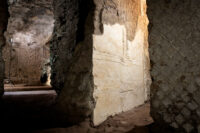
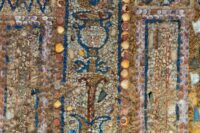
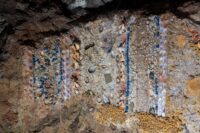
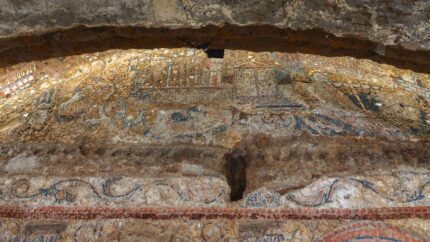
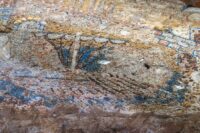





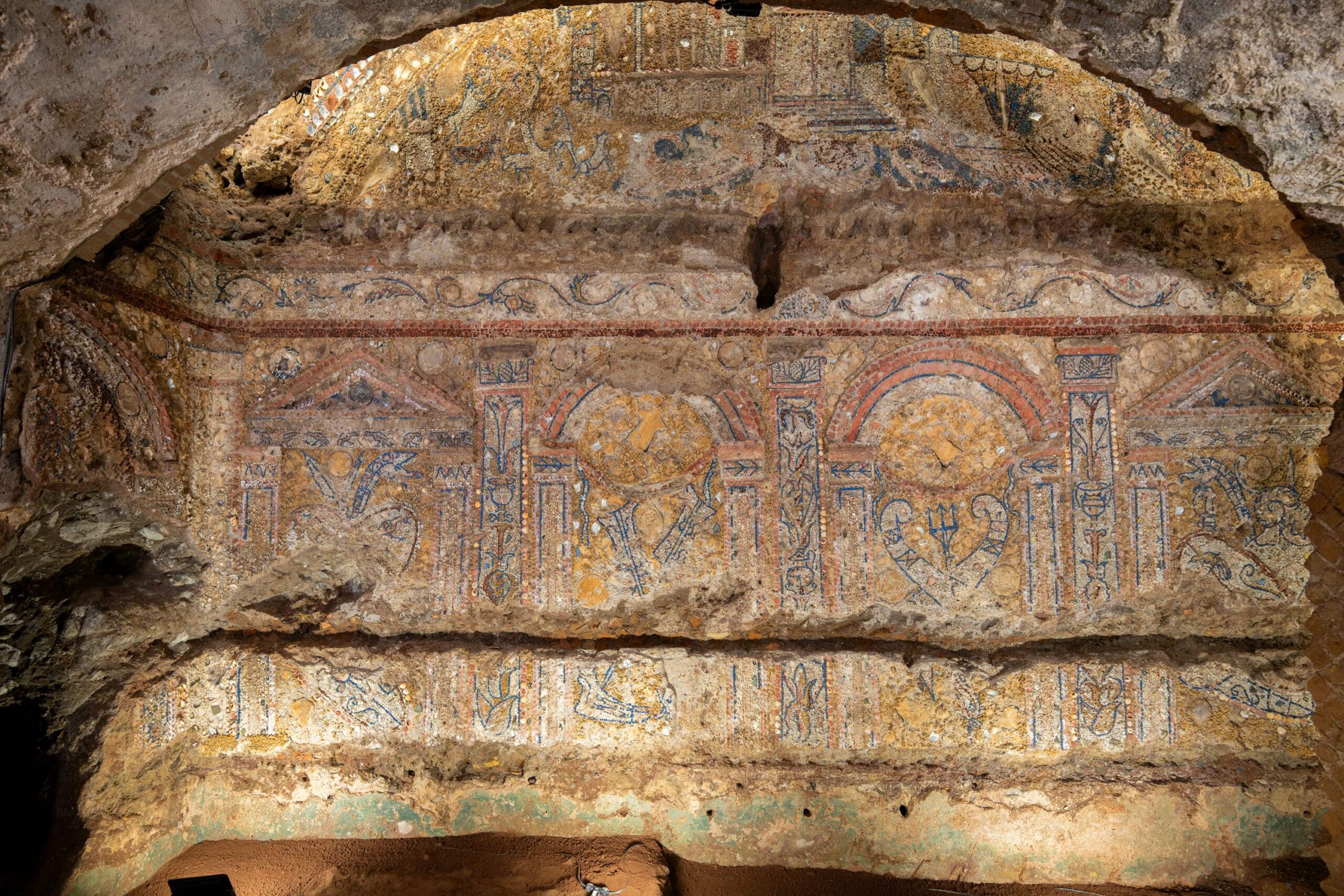
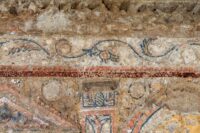
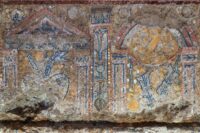
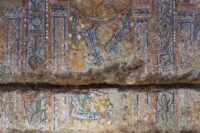



No comments:
Post a Comment